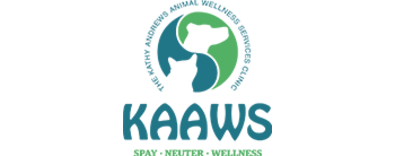The KAAWS Clinic at Cypress
For the safety and well-being of you and your pet, the following instructions should be followed carefully.
🐾 Feeding: Expect lethargy and delayed digestion due to anesthesia for 24-48 hours. Limit the amount of food and water your pet has access to tonight. Wait until at least 7:00 pm to feed; offer only ¼ to ½ of a normal meal portion, and small amounts of water during the first night. This is to reduce vomiting and/or nausea following today’s anesthesia. You may resume your pet’s regular feeding schedule tomorrow. DO NOT CHANGE YOUR PET’S FOOD. If your pet typically eats dry kibble, by suddenly changing to canned food or human food (this includes boiled rice and chicken) an upset stomach and diarrhea can occur. To entice your pet to eat, you can try wetting their kibble with a small amount of chicken broth. If the e-collar makes it difficult for your pet to reach the food or water dish, you may need to elevate the bowls.
Be aware that this surgery can affect pets' metabolism long term. Daily exercise and a healthy diet (including calorie monitoring, especially with treats), will be essential in avoiding obesity. Some patients’ caloric needs decrease by ⅓.
🐾 Activity: Restrict activity for the next 10-14 days. Keep your pet indoors and supervise potty breaks while on a leash to maintain cleanliness and to discourage running and jumping. Please lift your pet on and off of the bed or furniture, and no bolting up and down the stairs. This is to prevent damage to the incision site. It may be necessary to keep your pet housed in a carrier or kennel when left unsupervised.
🐾 Bathing: Do not bathe, groom, swim, puddle jump, or mud roll until 14 days after the procedure and the incision site is thoroughly healed. It is very important to keep the incision clean and dry in order to heal properly. Please do not apply any kind of ointment, drops, solution, etc. unless specifically directed and prescribed by the veterinarian.
🐾 E-collar: Keep an Elizabethan collar (e-collar) on your pet at all times throughout the next 10-14 days while waiting patiently for the incision site to completely heal. This is to prevent your pet from licking and causing damage to the incision site that could warrant further sedation and treatment at a cost to you. Please ensure other pets in your home are not licking or grooming the incision site, too. If your pet damages the e-collar provided, we have replacements available for purchase at our clinic. You could also try a flexible or inflatable collar available at most pet specialty retailers.
🐾 Pain Medication: THIS IS IMPERATIVE: Do not give any kind of over-the-counter pain medication unless specifically prescribed by your veterinarian. This includes (but is not limited to) Aspirin, Tylenol, Ibuprofen, Naproxen, or other human NSAIDS - these medications can be fatal or cause permanent internal organ damage. Only administer the prescribed medication given today.
🐾 Litter Box: For cats, please use a litter material that is dust free such as pine pellets, paper pellets (i.e. yesterday’s newspaper), or shredded paper for 10-14 days. Clay litter often causes skin irritation and/or inflammation post-surgery, which can hinder the healing process.
🐾 Recheck: The sutures are absorbable and subcutaneous; no recheck is necessary. Monitor the incision site twice daily for progress in healing over the next 10-14 days. Please note for larger male dogs the veterinarian often leaves the scrotal incision open to decrease risk of post-op complications. You may feel the sutures, as it may take up to 3-4 months for the sutures to completely dissolve. However, if you have concerns or observe any suspicious discharge, active bleeding, excessive swelling, extreme lethargy, abnormal breathing, pale gums, or vomiting please contact us immediately at (281) 549-8717. If it is after hours, contact your local emergency clinic such as BluePearl Animal Emergency at (832) 616-5000.

